On June 5, 2023, the World Environmental Protection Conference and the 15th Shanghai International Water Treatment Expo, which took place two years ago, reopened at the Shanghai Domestic Exhibition Center. As a large-scale, numerous and influential international professional exhibition in the water treatment industry, the 2023 Shanghai International Water Treatment Expo is not only an international environmental protection and water treatment expo, but also a grand exhibition that will lead the development of global environmental protection.
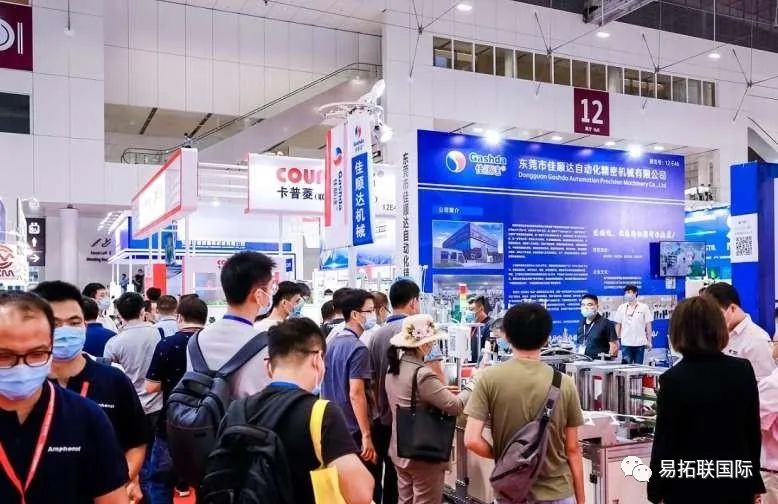
The exhibition covers an area of over 185000 square meters and has attracted over 2500 brand enterprises to participate. It showcases over 62500 products in sludge disposal, wastewater evaporation, sewage and wastewater equipment, rural water environment, membrane products, membrane complete equipment, whole house/household/commercial water purification, and provides customers with water treatment technology solutions with multiple application scenarios.

As an extremely important part of water treatment, activated carbon has attracted people's attention due to its role in removing organic matter, odors, colors, and other aspects. Due to its high pore structure and adsorption capacity, activated carbon can effectively adsorb organic substances such as pigments, chlorides, impurities, odors, etc. in water, and can eliminate harmful substances such as chlorine, chloramine, and odor, thereby improving the quality and taste of water. Therefore, activated carbon is widely used in water treatment, including water purification, drinking water, sewage treatment, agricultural irrigation, and industrial water treatment.
Introduction to Activated Carbon
Activated carbon is a black porous solid carbon material. Its main component is carbon and contains small amounts of elements such as oxygen, hydrogen, sulfur, nitrogen, and chlorine. It is structurally irregularly arranged with fine pores between cross connections. When activated, it will produce carbon tissue defects, low stacking density, large specific surface area, and strong adsorption performance. It is a widely used industrial adsorbent. Generally, activated carbon has a specific surface area of 500-1700 square meters per gram.
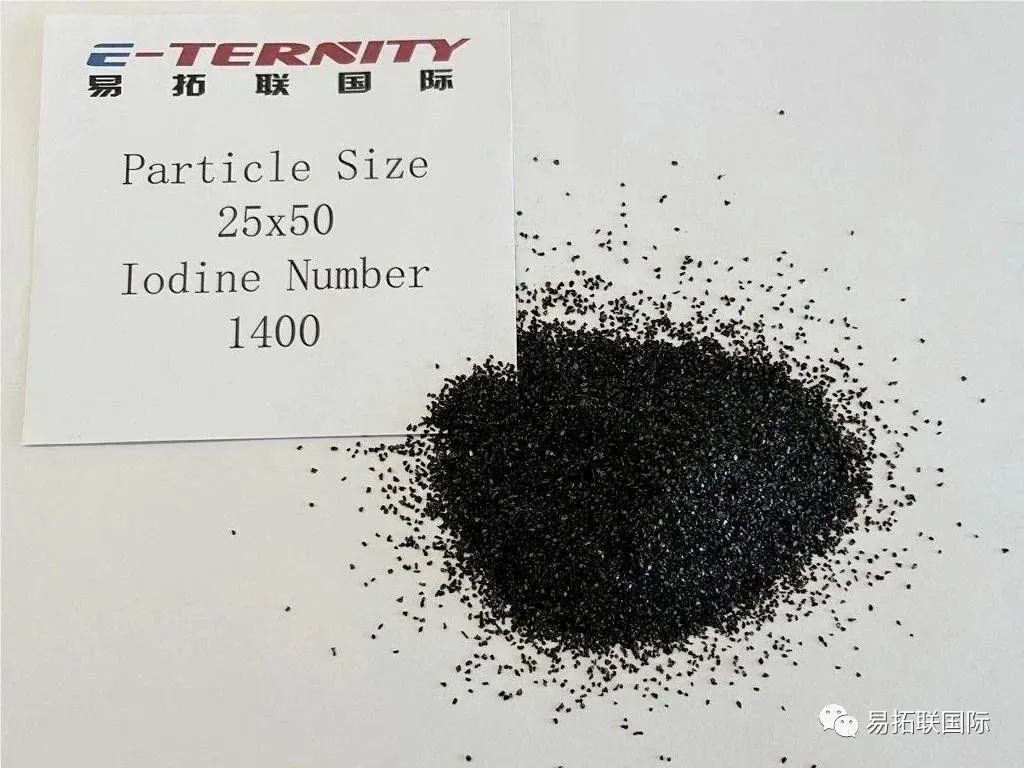
Yituolian Coconut Shell Activated Carbon Sample 1400 Iodine Value
Activated carbon is a type of very small carbon particle with a large specific surface area and a very small pore inside the carbon particle, known as a capillary. Utilizing the huge specific surface area of carbon particles, they can effectively come into contact with gases (impurities), thereby achieving efficient adsorption of gases (impurities). When this gas (impurity) comes into contact with the capillary, it will be absorbed and play a purification role.
Activated carbon shows its unique treatment advantages because of its wide source of raw materials, low cost and high efficiency. By adjusting the pore structure of activated carbon through appropriate methods, the adsorption effect of activated carbon on PFCs (Perfluorinated compound) can be improved. The pore structure and surface chemical properties of activated carbon materials have a significant impact on their adsorption characteristics. The use of various regulatory methods to obtain activated carbon materials that are suitable for the characteristics of the target water body is currently a focus and hotspot of research. There are many methods for modifying activated carbon, including physical modification, oxidation modification, reduction modification, metal loading modification, microwave modification, plasma modification, and electrochemical modification.

Yituolian Coconut Shell Activated Carbon Sample 1300 Iodine Value
Activated carbon can be divided into coal based activated carbon, wooden activated carbon, synthetic activated carbon and activated carbon prepared from other raw materials (such as coal tar pitch, Petroleum coke, etc.) according to the main raw materials used in manufacturing. Among them, coconut shell activated carbon stands out due to its porous structure, strong adsorption capacity, fast adsorption capacity, and large specific surface area. In fact, from any perspective, coconut shell activated carbon has significant advantages. Especially in terms of adsorption strength, as the raw material of coconut shell is a unique high fiber material, a large number of pores will be generated after carbonization. These pores are actually consolidated after special activation methods, connected together and have high stability. The high-density pores support the high-strength adsorption of coconut shell activated carbon products.
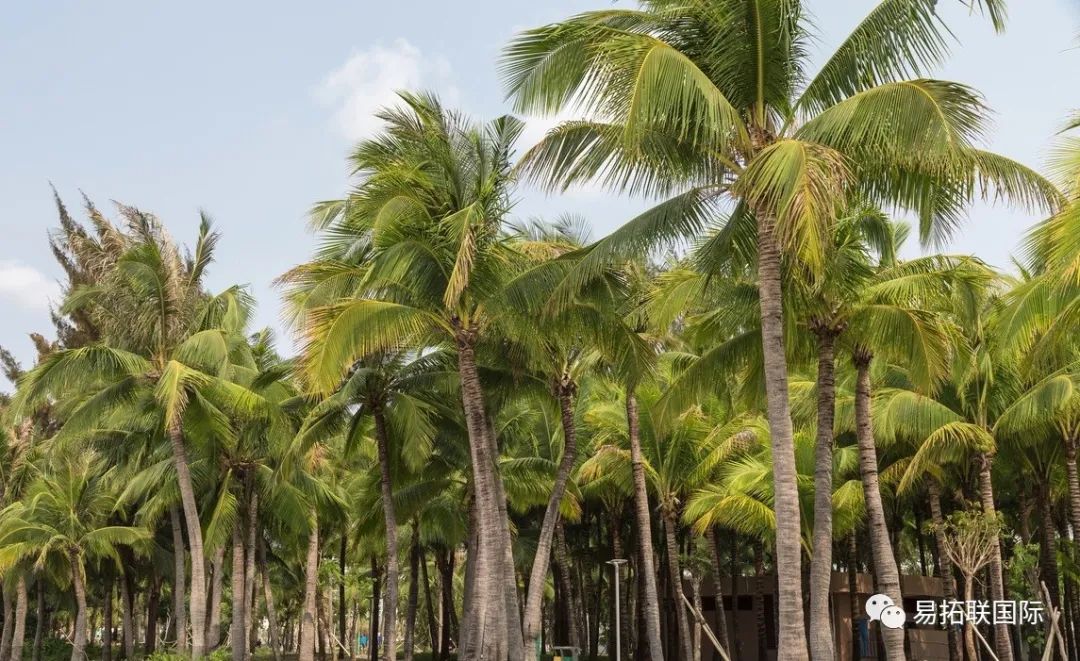
Coconut shell activated carbon is a microcrystalline carbon material obtained from coconut shell through a series of processes such as carbonization and activation treatment. Coconut shell activated carbon has a black appearance, different pore structures inside, a large surface area, and rich surface chemical groups. The production of coconut shell activated carbon is mainly through the secondary molding method. First, the coconut shell carbonized material is ground and then mixed with the corresponding Adhesive to form the molding material. Then, carbonization is carried out to prepare a carbonized material. Afterwards, water vapor is used to activate and prepare coconut shell activated carbon.
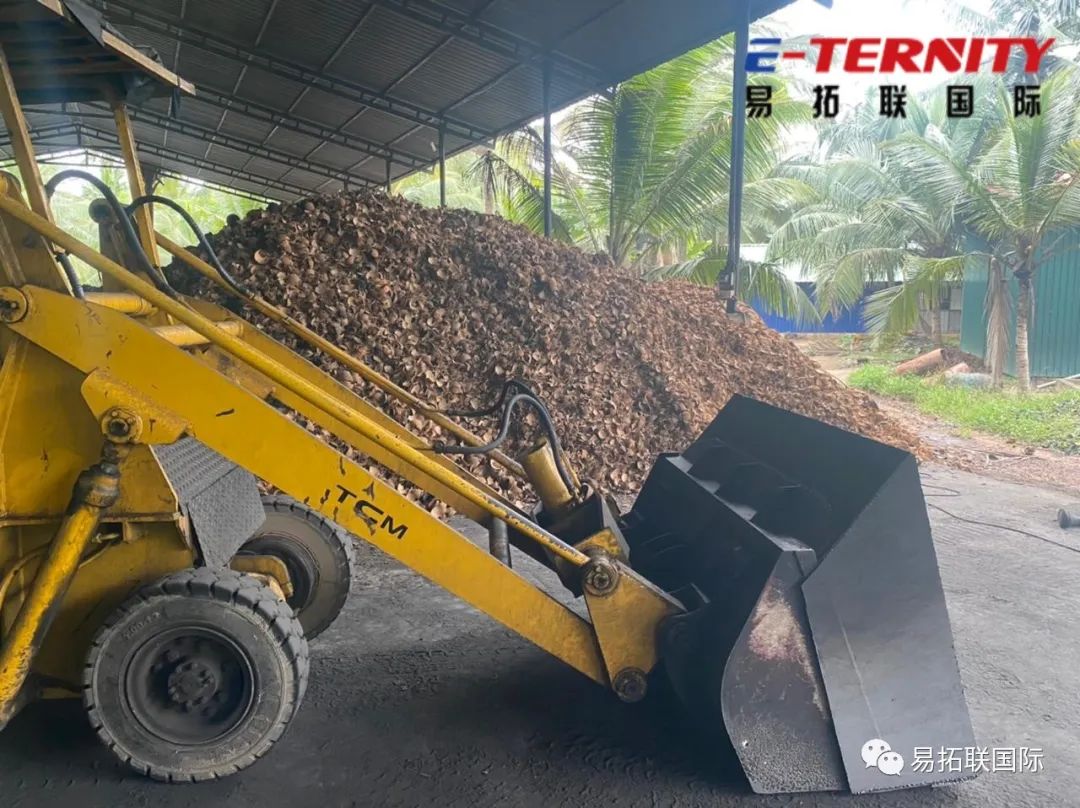
In addition to water treatment, coconut shell activated carbon is also widely used in other fields.
Coconut shell activated carbon is an excellent material that is resistant to acid, alkali, and corrosion, and can work stably in various working environments. Therefore, coconut shell activated carbon can be used in many fields such as chemical industry, medicine, Environmental engineering, etc.
Coconut shell activated carbon has a large specific surface area and pore structure, provides more adsorption surfaces, can efficiently absorb and remove pollutants such as organics, odors, pigments, heavy metals, and has excellent removal effects on odor and Volatile organic compound. Therefore, it is often used in fields such as air purification, water treatment, and food processing.
In addition, coconut shell activated carbon is made from plant waste such as coconut shell and is a renewable natural resource. Compared with other raw materials such as stone coal and charcoal, coconut shell activated carbon has lower environmental impact and better sustainability. In the production process, coconut shell activated carbon is usually finely processed and dried to have low ash content and low dust generation characteristics. This makes it cleaner during use and reduces dust pollution to the environment and equipment, making coconut shell activated carbon widely applicable in fields such as gold extraction, food, and petrochemicals.
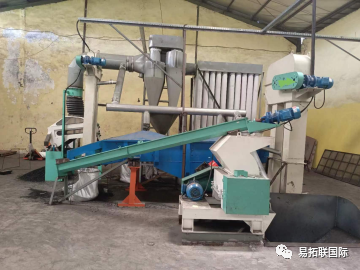
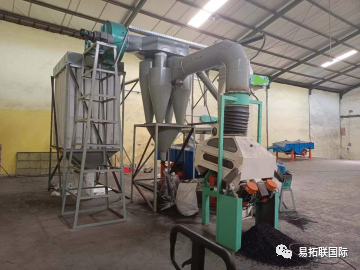
Yituolian Crushing and Screening Complete Equipment - Self balancing Vibrating Screen
Coconut shell is the main raw material for coconut shell activated carbon. Due to the small planting area of coconut trees in China and the low yield of coconut, the majority of coconut shells in China rely on foreign imports. In addition, China's coconut shell charcoal industry standards are not yet sound, and there is a lack of corresponding industry norms. Due to the high market price of coconut shell activated carbon, some production enterprises often use coal based activated carbon to counterfeit coconut shell activated carbon for sales in order to make huge profits, which has had a great impact on the healthy development of the coconut shell carbon industry.
The production of coconut shell activated carbon in China has obvious cluster characteristics, mainly distributed in Hebei and Shanxi provinces in North China, Fujian province in South China, and Jiangsu province in East China. There are relatively few enterprises in other regions. At present, the large-scale coconut shell activated carbon production enterprises in China mainly include Mulinsen Activated Carbon Jiangsu Co., Ltd., Jiangsu Pushida Environmental Protection Technology Co., Ltd., Hebei Chengde Huajing Activated Carbon Co., Ltd., Hainan Xingguang Activated Carbon Co., Ltd., Fujian Yuanli Activated Carbon Co., Ltd., and Fujian Sensen Carbon Industry Technology Co., Ltd.

Suzhou Yituolian International Trade Co., Ltd. was established in 2017 and is a professional supplier and trader of coconut shell charcoal raw materials and coconut shell activated carbon. It has coconut shell production and processing bases in China, Vietnam, the Philippines, Malaysia, Indonesia, Sri Lanka, India and other countries, with a monthly supply capacity of over 30000 tons of coconut shell charcoal. Our products can be used in the field of hard carbon negative electrode materials for batteries, such as water treatment, air purification, desulfurization and decolorization, and gold extraction.
Our company has been working hard in the field of comprehensive application of coconut shell raw materials, providing high-quality products, sincere service, and serving every customer with care; Practicing corporate social responsibility through practical actions and contributing to the development of the new materials industry; Promote the harmonious and win-win interaction between humans and nature with a profound sense of mission in the new materials industry, and promote the rapid development of the new materials industry.
Welcome interested parties, please contact Manager Han 13861313805 (same WeChat account)

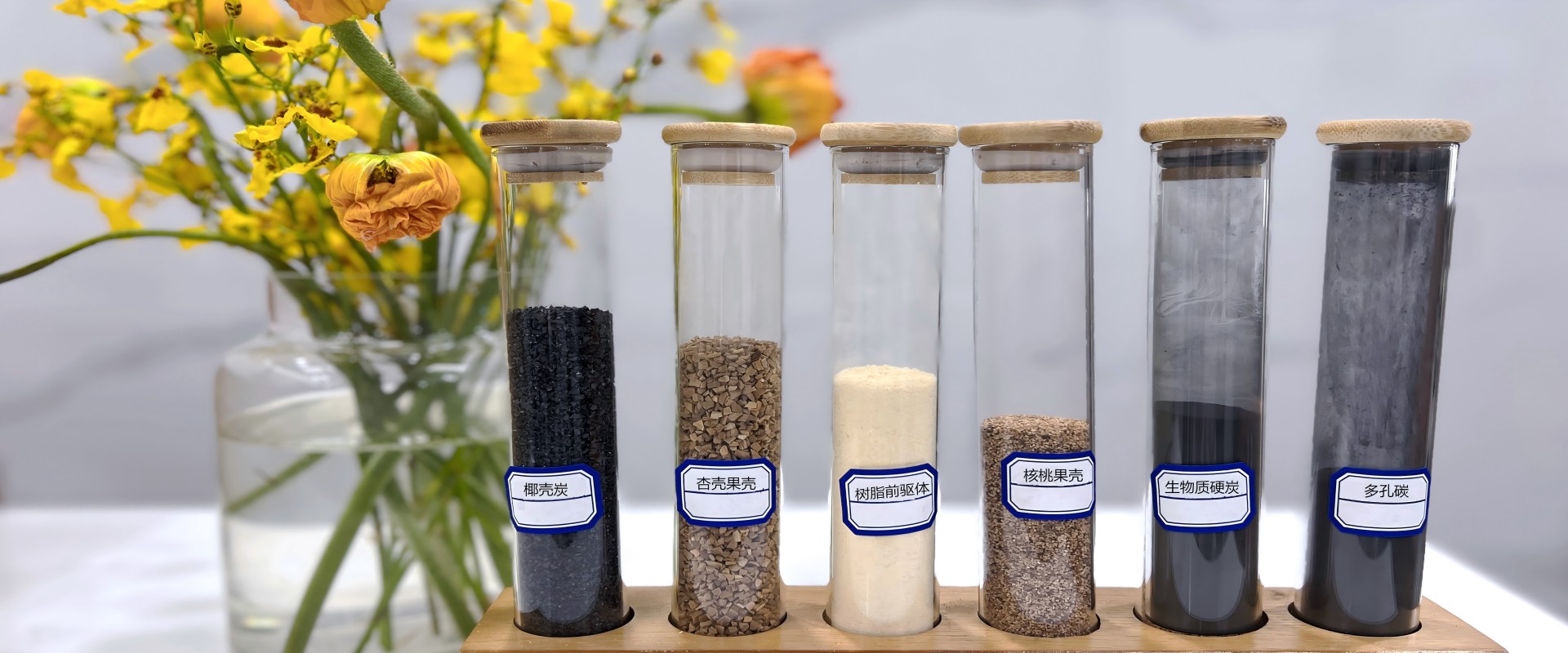


 Phone:+86 13861313805
Phone:+86 13861313805
 E-mail:louis.han@e-tygroup.com
E-mail:louis.han@e-tygroup.com
 Add:Room 2809, Building Ⅱ, The Gate of the Orient, No. 199 Xinggang Street, Suzhou Industrial Park, Suzhou, China.
Add:Room 2809, Building Ⅱ, The Gate of the Orient, No. 199 Xinggang Street, Suzhou Industrial Park, Suzhou, China.
